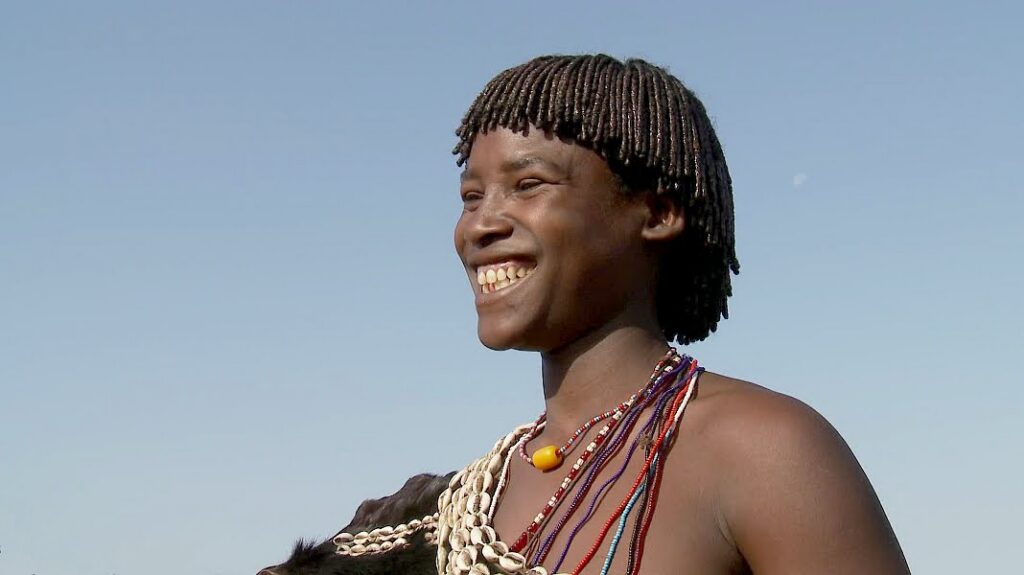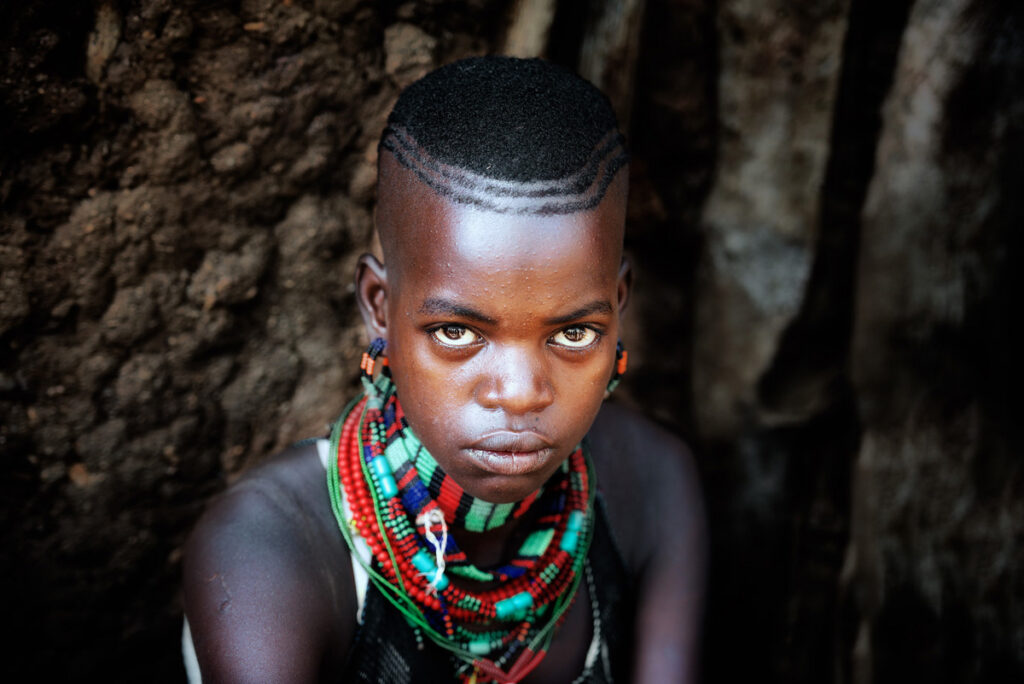
The Hamar people are known for their deep cultural heritage, particularly the vivid red-ochre hairstyles of women and their rich social rituals. Women use a mixture of butterfat and ochre to braid their hair into thick locks, often adorned with beads, cowrie shells, and metal accents. Their appearance is as expressive as their customs colorful, confident, and deeply symbolic. The most celebrated tradition of the Hamar is the Bull Jumping Ceremony, an initiation ritual that marks a boy's transition into manhood. The young initiate must leap over the backs of several bulls, symbolizing his readiness to lead a household and herd cattle. It's a day of festivity, singing, dancing, and emotional expression especially when women willingly endure symbolic whipping as a display of loyalty and family honor.
The Mursi tribe, perhaps the most visually striking of the Omo Valley peoples, are known worldwide for the large clay lip plates worn by women a tradition that symbolizes strength, identity, and social maturity. Girls begin the lip-stretching process in their teenage years, gradually increasing the size of the plate. While this may appear extreme to outsiders, within the Mursi culture, it reflects pride and cultural continuity. Mursi men are renowned for their bold warrior legacy and are deeply connected to their cattle seen not just as property but as a vital part of life and ceremony. Their bodies are often adorned with decorative scars and body paint that communicate social status, bravery, and beauty. A visit to the Mursi offers a dramatic and humbling encounter with a tribe proudly preserving its traditions amidst modern influences.
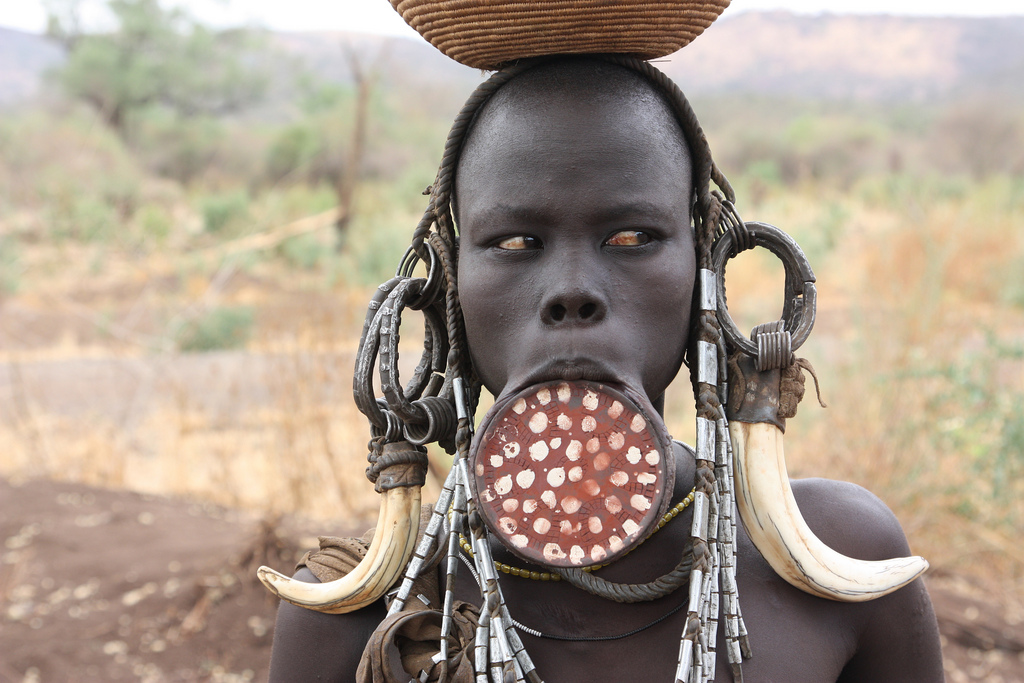
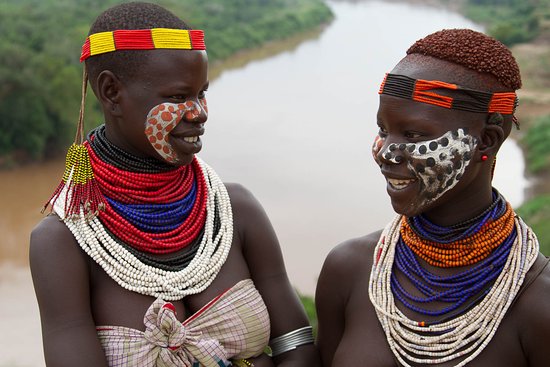
The Karo people are masters of visual storytelling through body art. Living along the banks of the Omo River, they rely on fishing and small-scale agriculture, but their true artistry is shown in their stunning body painting. Both men and women use natural pigments to create detailed geometric patterns and expressive motifs across their faces and bodies a tradition tied to beauty, ritual, and seasonal rhythms. For ceremonies or dances, Karo men may wear feathers, beads, and clay hair caps while women decorate themselves with beads, bracelets, and scarification. Visitors are often captivated by the tribe’s hospitality, their vibrant riverside lifestyle, and the artistry that surrounds even their most everyday tasks. A visit to the Karo offers a uniquely visual and artistic connection to the valley’s cultural pulse.
The Dassanech (also known as Daasanach) are a resilient and adaptable group living at the northern edge of the Omo Valley, near the Kenya border and Lake Turkana. Their name means "People of the Delta," and they embody a culture shaped by movement, survival, and ingenuity. Unlike other tribes with fixed dress codes, Dassanech fashion is resourceful they craft headpieces, jewelry, and accessories using recycled materials, shells, metals, and beads. Traditionally agro-pastoralists, the Dassanech shift between farming, herding, and fishing depending on the seasons and conditions of the land. Their communities are tightly structured, and their oral histories reveal a deep respect for ancestors, nature, and community resilience. Visiting the Dassanech is a powerful reminder of human adaptability and cultural creativity in even the harshest environments.
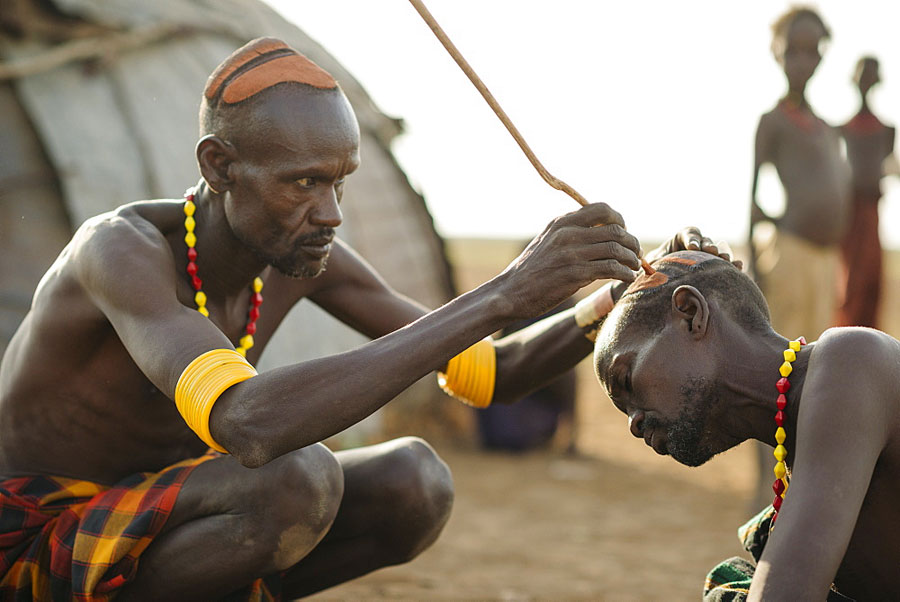
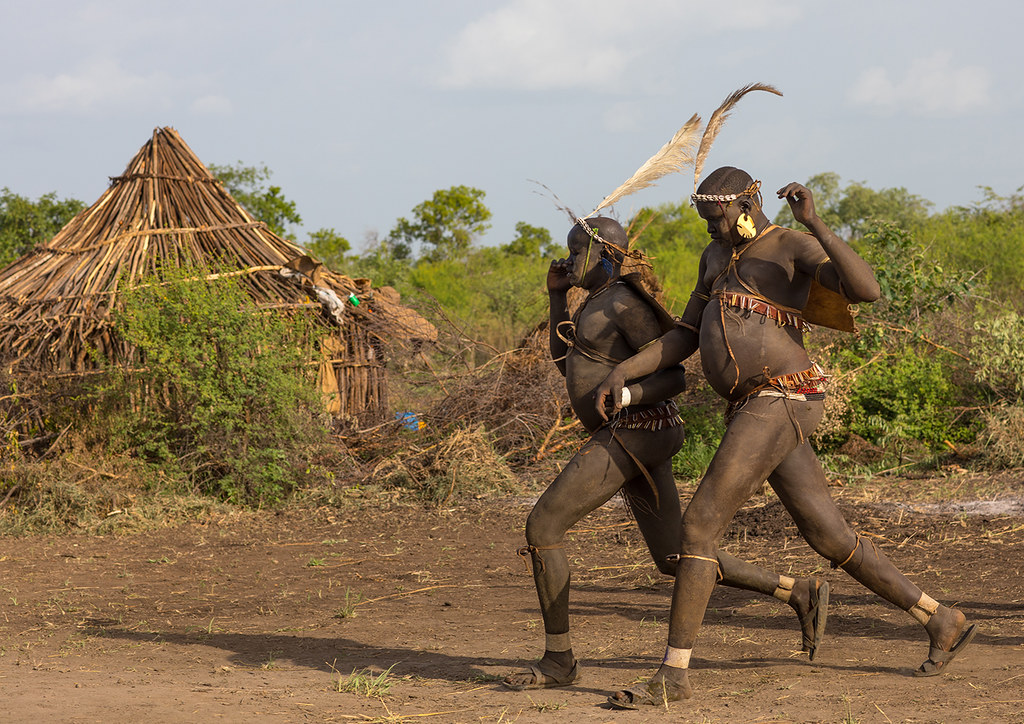
Nestled in the remote lower Omo Valley, the Bodi people live in close connection with their cattle and practice rituals that are unlike any other. Their most iconic tradition is the Ka’el Ceremony, a fascinating and unique cultural contest. Young men are chosen to represent their clans and spend six months consuming a diet of cow blood and milk while living in isolation. The goal? To gain as much weight as possible before emerging to be judged in front of the community. While the modern world might see such a ceremony as strange, for the Bodi it is a celebration of endurance, fertility, and masculine prestige. The event is marked by chants, dances, and respect for ancestral strength. Their belief systems, connection to nature, and ceremonial expressions remain mostly untouched by time offering visitors a raw and honest look at the values that bind them together.
Though less widely known, the Arbore and Tsemay people are an important part of the Omo cultural mosaic. The Arbore wear dark cloths and distinctive head coverings, and they are known for their rich oral traditions, music, and ritual dances. The Tsemay, on the other hand, are agriculturalists who place great emphasis on marriage, family structure, and ancestral customs. Visitors to these communities often find their openness and authenticity unforgettable.
